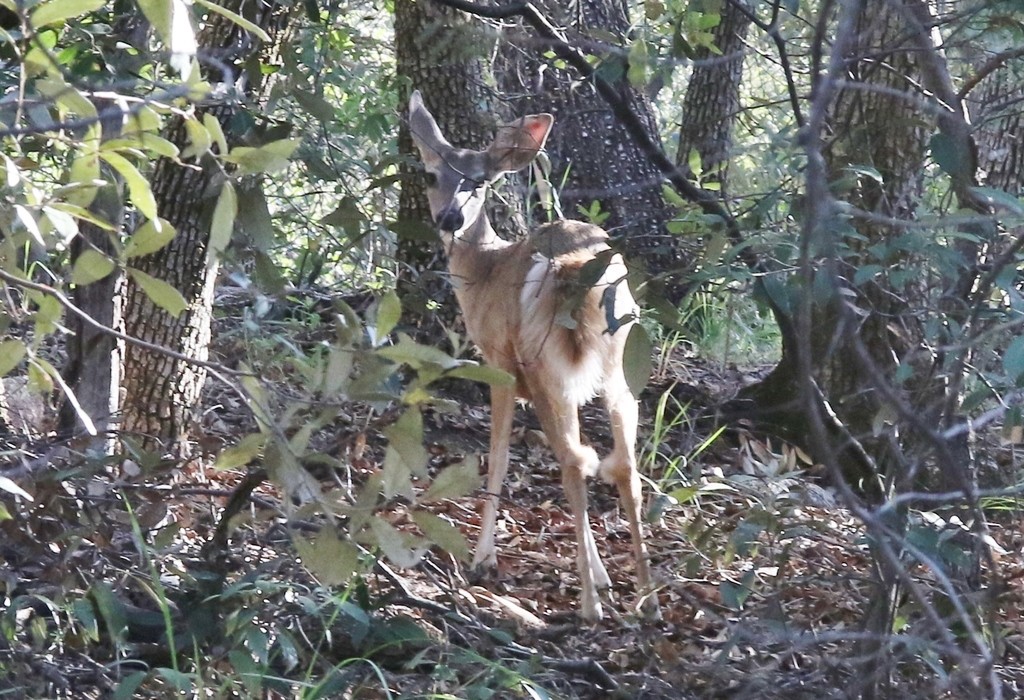White-tailed deer
A species of Hollow-tooth Scientific name : Odocoileus virginianus couesi Genus : Hollow-tooth
White-tailed deer, A species of Hollow-tooth
Scientific name: Odocoileus virginianus couesi
Genus: Hollow-tooth
Content
Description General Info
 Photo By silversea_starsong , used under CC-BY-NC-4.0 /Cropped and compressed from original
Photo By silversea_starsong , used under CC-BY-NC-4.0 /Cropped and compressed from original Description
White-tailed deer is a highly adaptable creature, able to exist in a range of environments from high mountains to woodland areas. Its diet is largely opportunistic, consisting predominantly of vegetation but also including smaller prey when available. A solitary species, white-tailed deer exhibits migratory behavior, travelling seasonally between grazing and bedding sites. Its role as a primary herbivore makes it a key species in its ecosystem, controlling plant populations and providing food for predators.
General Info
Lifespan
7-10 years
Diet
White-tailed deer predominantly feeds on a variety of vegetation like forbs, sprouting greenery, and fruits. In dry seasons, it relies more on cacti for sustenance, highlighting its adaptive dietary preferences.
Appearance
White-tailed deer is a medium-sized deer with a slim, agile body covered in short, rough fur. Their coat is predominantly grayish-brown, with white undersides and a distinctive white rump patch. Males are distinguished by their antlers, which are shed and regrown annually. Young white-tailed deer are spotted, serving as a protective camouflage. The subspecies is known for its relatively large ears compared to other deer species.
Behavior
White-tailed deer exhibits crepuscular behavior, often feeding at dawn and dusk. It's generally social, living in familial groups during winter, yet males tend to be solitary in summer. During mating season, males exhibit territorial behavior, marking their territory using scent form secretory glands and antler rubbings on trees.